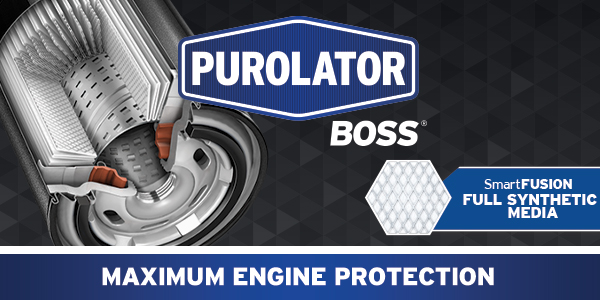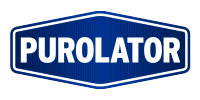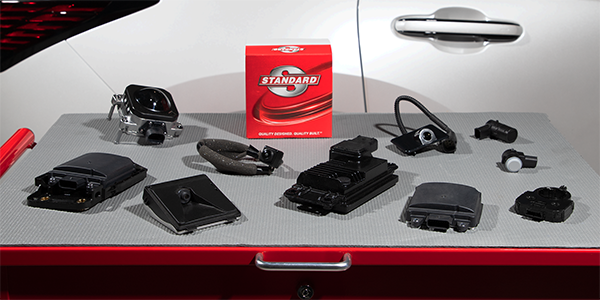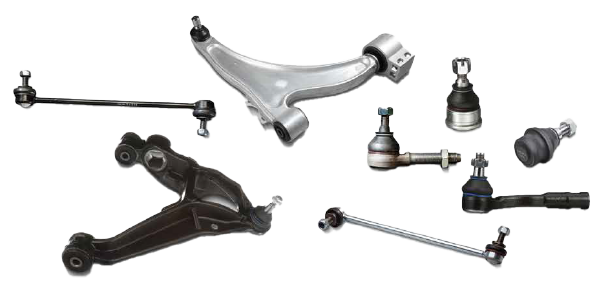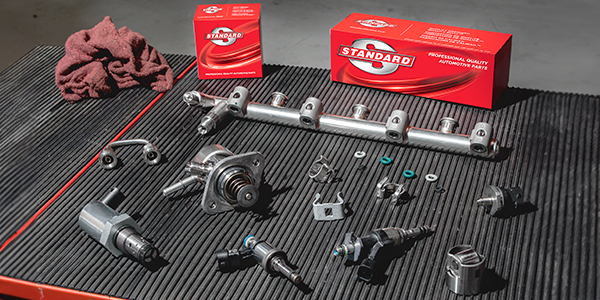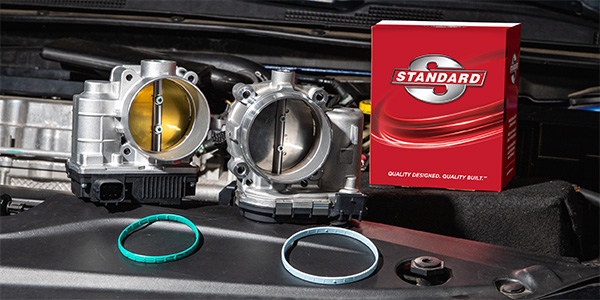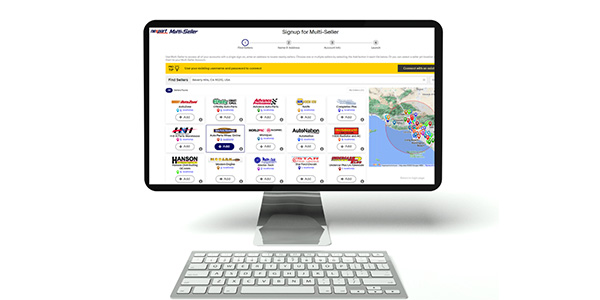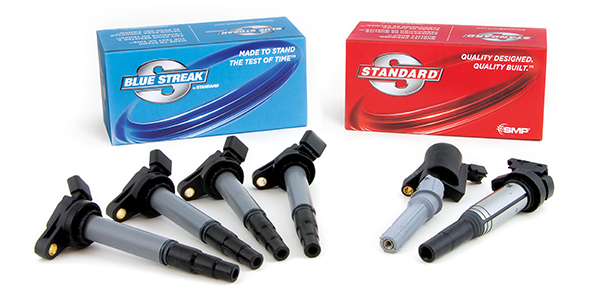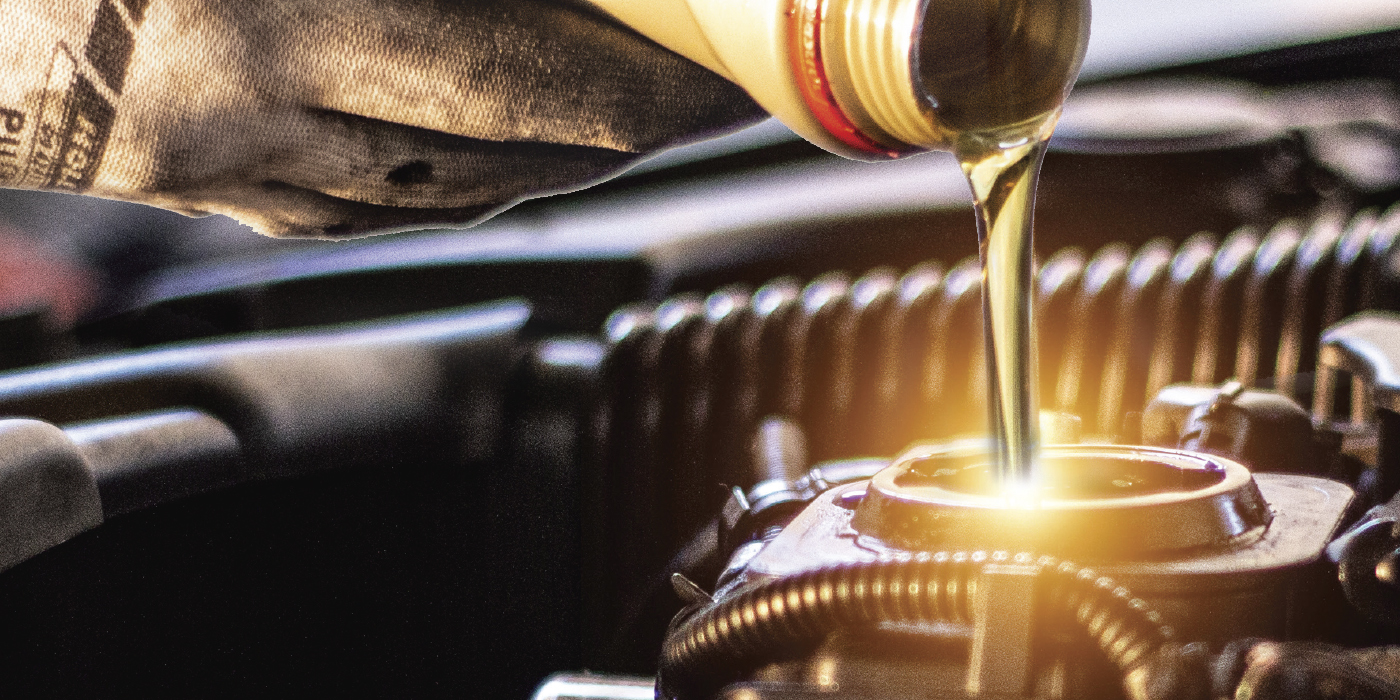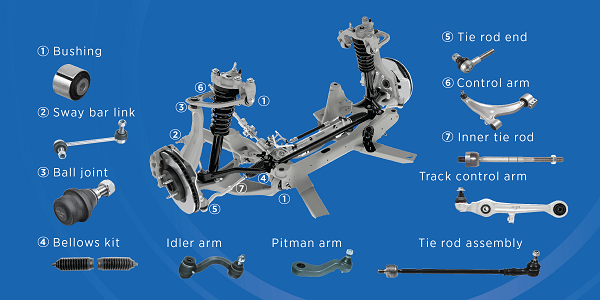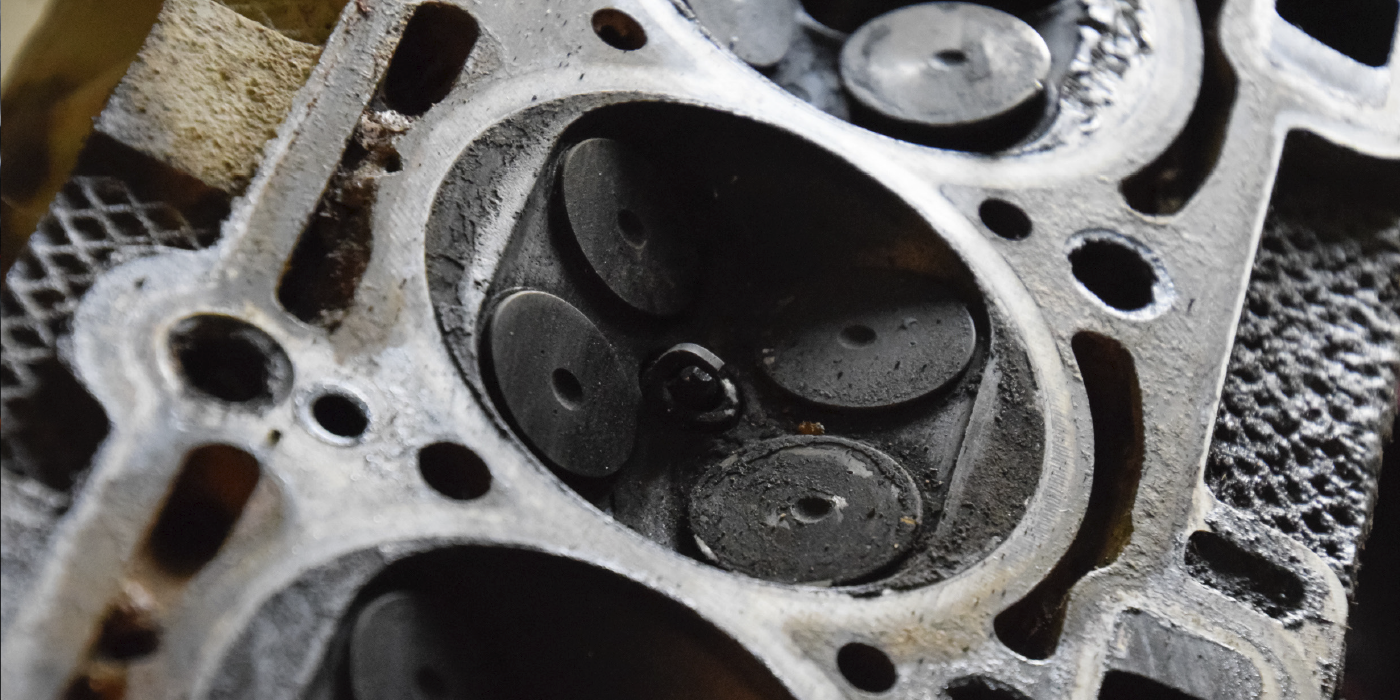It’s no secret that oil filters maintain proper engine lubrication while removing solid particle debris that could otherwise wreak havoc. After all, changing out the filter during an oil change is one of the major vehicle service needs that every driver must regularly maintain.
While most customers have a basic understanding of filters and their role, many are unaware the advantages of full synthetic media oil filters and what those benefits can mean for their vehicle. Purolator is here to pass you some tips to share with your customers so they can make a more informed decision for their vehicle.
Sturdy, compact formulation
Oil filters are designed with consideration for particulate removal efficiency and dirt-holding capacity. Compact synthetic fiber media filters offer robustness through improved mechanical strength and excellent water, chemical and temperature resistance. Full synthetic media oil filters not only catch and remove even the smallest particulates, but also better withstand complex chemical reactions between fuel components, combustion products and oil that cause filter aging.
The compact synthetic filter media structure also helps to decrease differential pressure. Lowering that pressure greatly reduces that amount of time the filter bypass valve needs to be open. During cold start situations, the bypass valve decreases pressure to allow oil to flow freely – though unfiltered – to the engine oil galleries.
Water resistant and stable
Water in engine oil is a common, often unavoidable occurrence. Compressed natural gas, ethanol, short driving distances, start-stop systems, water injection and environmental factors all contribute towards water content. In instances where the engine isn’t heated up enough to vaporize water, the water content in oil can reach up to five percent. Combining with contaminants and combustion byproducts, this residual water creates a sludge that coats filter fibers and raises differential pressure. This process increases the total acid number of the oil, which begins to attack filter media. However, these affects are much less severe on hydrophobic synthetic media filters and their supporting grids.
Purolator has developed laboratory tests to specifically examine the influence of water and critical temperature ranges on oil filter media. In coordination with customers, cold chamber, cold climate and short-haul operation tests are conducted to measure the direct influence of temperature, water, contaminants and pressure on oil filter media. Through these tests, Purolator has determined that 100 percent synthetic PET oil filter media offers significant mechanical strength and chemical resistance for greater filtration performance.
This article was sponsored by MANN+HUMMEL Purolator Filters. For more information, please visit https://www.pureoil.com/en/products/oil-filters/purolator-boss.

